To accompany the locality in economic development and new rural construction, Ly Hoa Border Guard Station, Provincial Border Guard (BĐBP) has taken advantage of the sandy coastal land of Duc Trach commune (Bo Trach) to pilot a high-tech pheasant egg farming model.
In fact, livestock farming in Duc Trach commune is still fragmented, lacking in techniques, and low in economic efficiency due to frequent invasions of diseases. The local government and people are still struggling to find new directions in livestock farming. Raising pheasants for eggs on the sandy land of Duc Trach commune is a new breakthrough model, both exploiting the potential of sandy land and diversifying livelihoods, creating jobs for people in coastal areas.
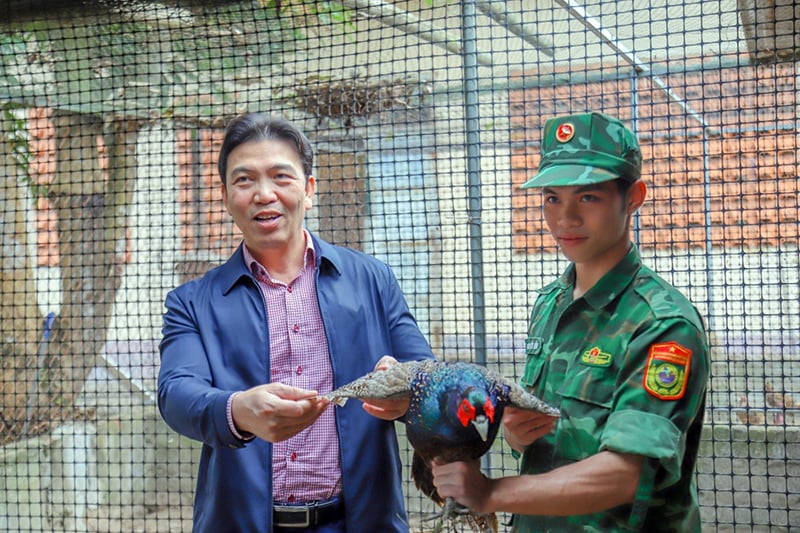 |
The model was deployed on an area of 170m² of barn (right in the Border Guard Station) with a scale of 150 4-month-old pheasants (including 140 females and 10 males). Through the process of raising the flock, it was shown that the pheasants adapted well to the climate and natural environment here, grew stably, and had few diseases.
The strength that promotes the success of the model is the ability to take advantage of available, popular, and easy-to-find food sources locally, such as: Food combining bran, rice and green vegetables (water spinach, sweet potato leaves, chopped banana stems). Thanks to that, the cost of raising animals is significantly reduced, while the economic efficiency is high. Currently, pheasant eggs have a selling price ranging from 10,000-12,000 VND/egg; with an estimated output of about 16,800 eggs per year, promising to bring a stable source of income if the model is replicated.
The fact that Ly Hoa Border Guard Station is taking the lead in implementing the pheasant egg farming model not only demonstrates the dynamism in the task of developing the local socio-economy, but also affirms the role of accompanying the people in transferring techniques and effectively exploiting the potential of coastal sand areas. The model is suitable for the trend of clean agriculture , has little impact on the environment, low cost and is very suitable for mass replication. Thereby, opening up a new direction of sustainable agricultural production, contributing to increasing income and improving the lives of the people.
Mr. Pham Xuan Ninh, Ly Hoa Border Guard Station said: “From the beginning of the implementation until now, we have closely monitored the growth indicators and adaptability of the pheasant flock. Through practice, it has been confirmed that the selected bird breed (red pheasant) has a fairly good adaptability to the climate and environmental conditions of the coastal sand area of Quang Binh . With suitable cage design and proper care, the birds grow faster, are less susceptible to disease, are more active and show signs of increasingly stable reproduction.”
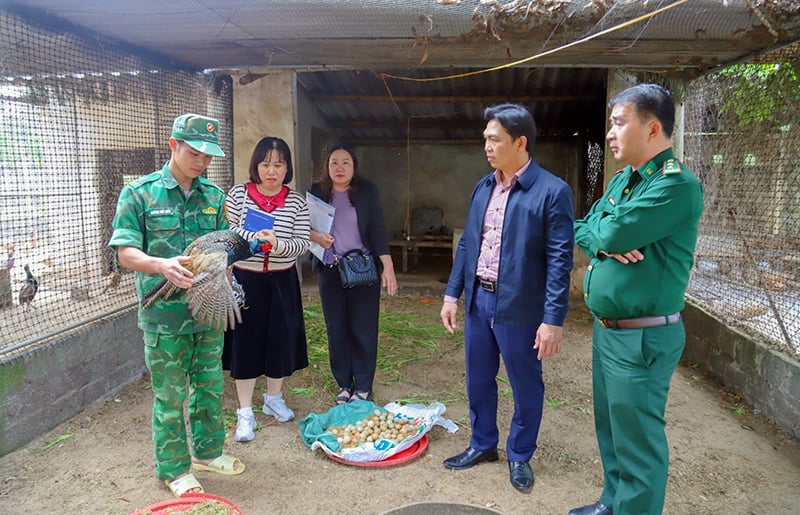 |
Regarding difficulties, initially farmers may encounter obstacles in the process of treating the cage floor on sand to ensure drainage and avoid humidity during the rainy season. However, by using biological lining combined with spreading bedding made of sawdust and rice husk, the living environment for birds will be improved, while maintaining hygiene and effectively preventing epidemics. This is a valuable experience if the model is replicated in similar areas. With an abundant area of sandy land but has not been effectively exploited, converting the purpose of use to developing livestock farming in the direction of applying science and technology is a completely suitable, sustainable direction and brings practical results.
| Pheasants are a type of bird belonging to the chicken family, easy to raise, highly adaptable to many environmental conditions, especially suitable for the climate and white sand terrain of Quang Binh sea. Pheasant meat and eggs not only have high nutritional value but are also favored by the market with a much higher selling price than traditional poultry. According to oriental medicine, pheasant eggs have the effect of nourishing the five internal organs, benefiting qi, very good for people who need to recover their health. |
Currently, pheasants are a high-value livestock, favored by the market for both meat and eggs. If properly invested, especially in breeding and care, the model will create more jobs on the spot, contributing to stabilizing the lives and social security of coastal rural areas.
According to Deputy Director of the Department of Science and Technology Pham Thanh Nam, with positive initial results, the pheasant egg farming model at Ly Hoa Border Post is expected to become a model for replication in Duc Trach commune and Bo Trach district. The model not only contributes to increasing people's income but also opens up a new direction in diversifying agricultural products, effectively exploiting the potential of coastal sandy land. If properly supported in terms of technology, market and branding, pheasant eggs can develop into a local specialty, combined with eco-tourism and agricultural experiences. This promises to be a sustainable agricultural economic development direction, suitable for natural conditions and the need to convert local livelihoods. The implementation of the model at Ly Hoa Border Post also has strategic significance in combining economic development with the task of protecting borders, seas and islands, creating a highlight for the new rural construction program associated with ensuring national defense and security.
Tea Fragrance
Source: https://baoquangbinh.vn/kinh-te/202505/khi-chim-tri-ben-duyen-dat-cat-ven-bien-2226184/


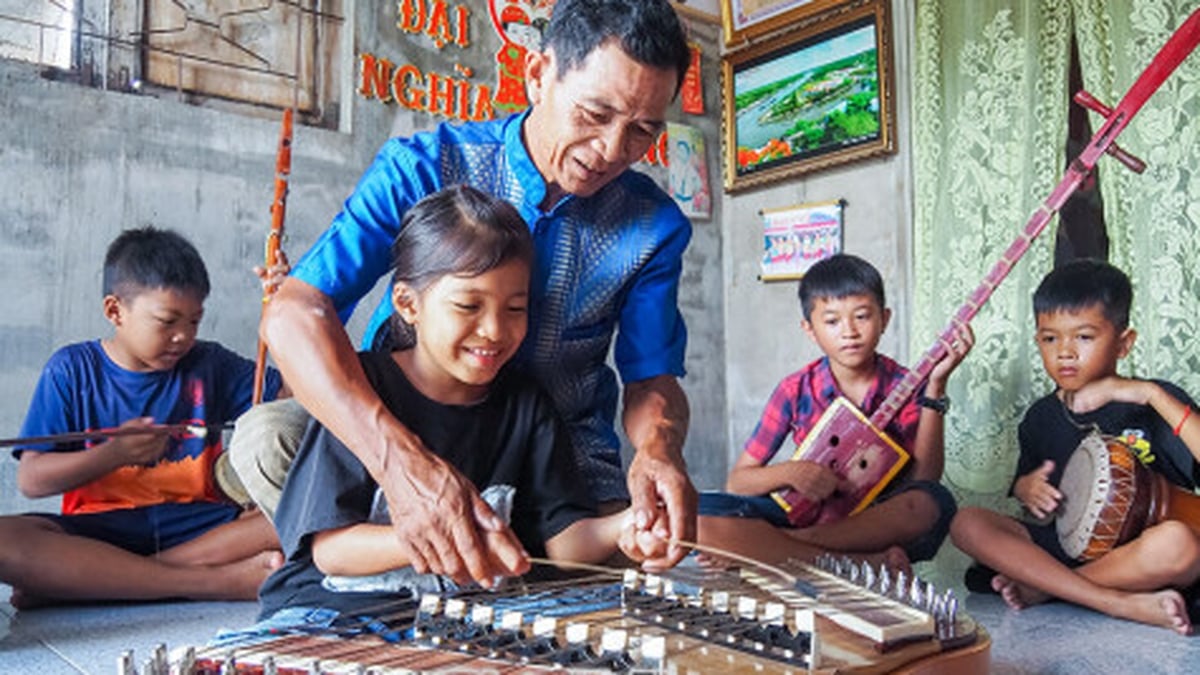
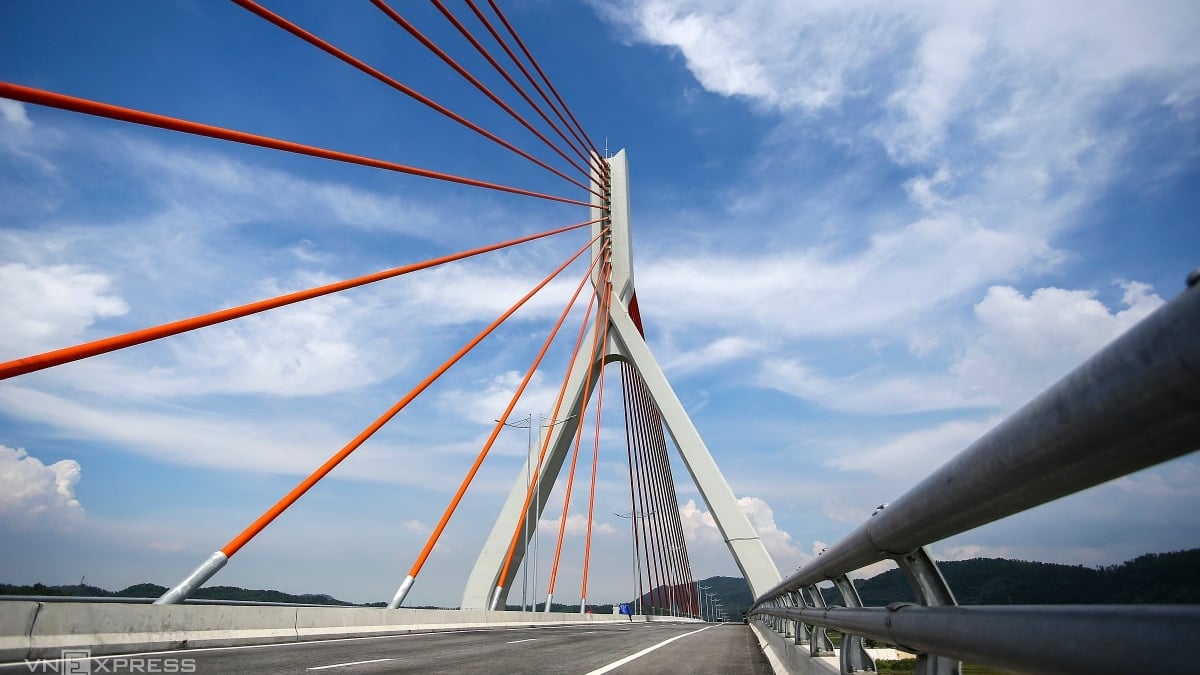
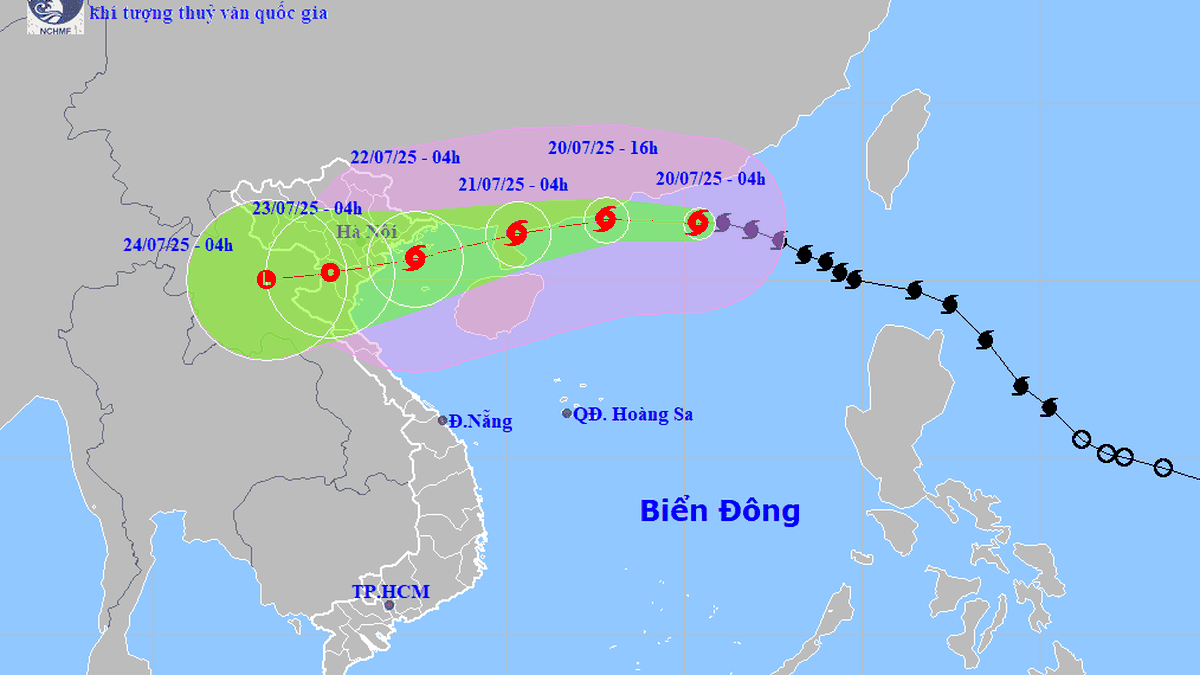

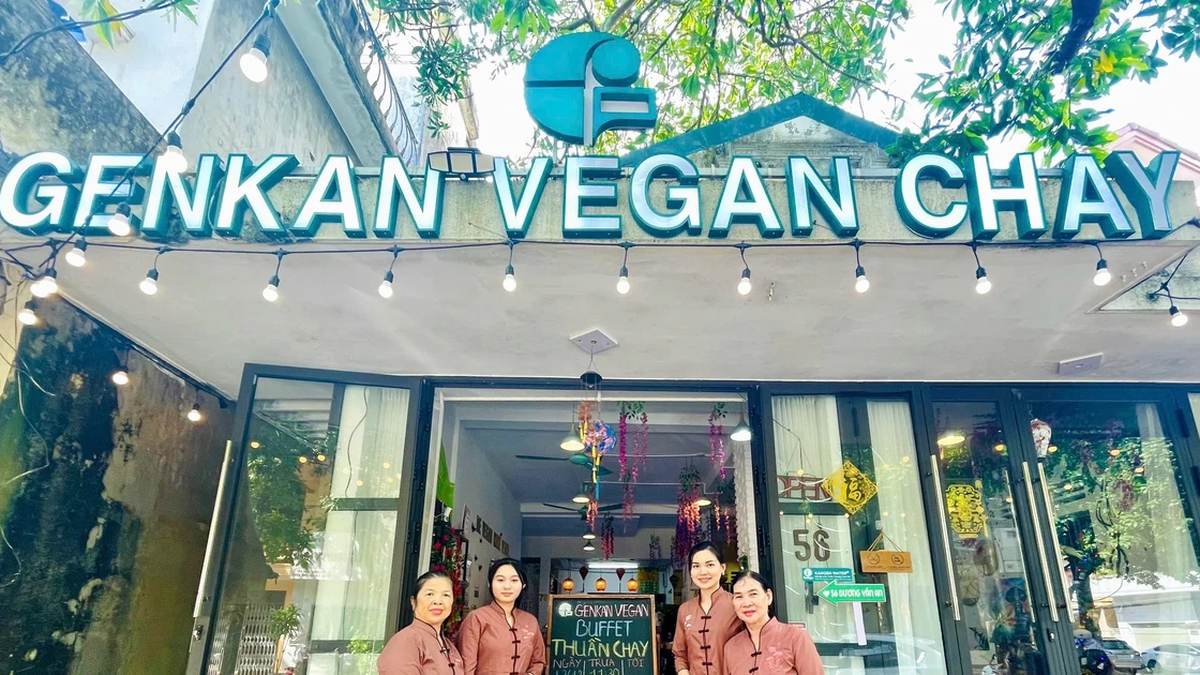
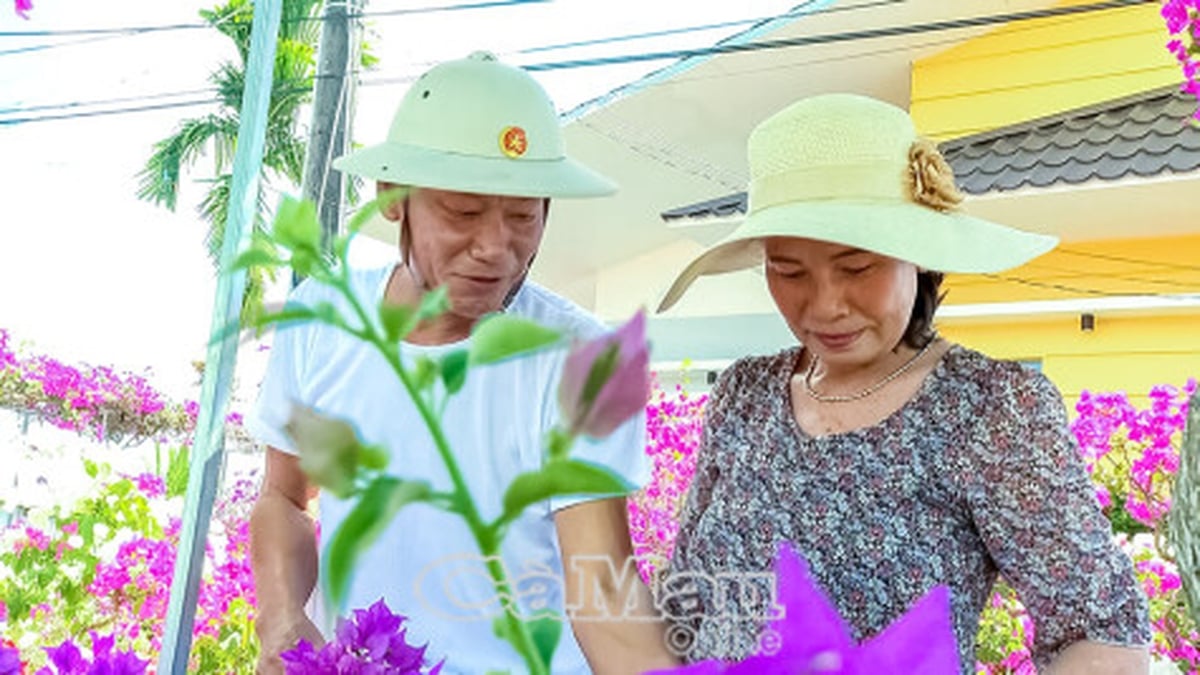
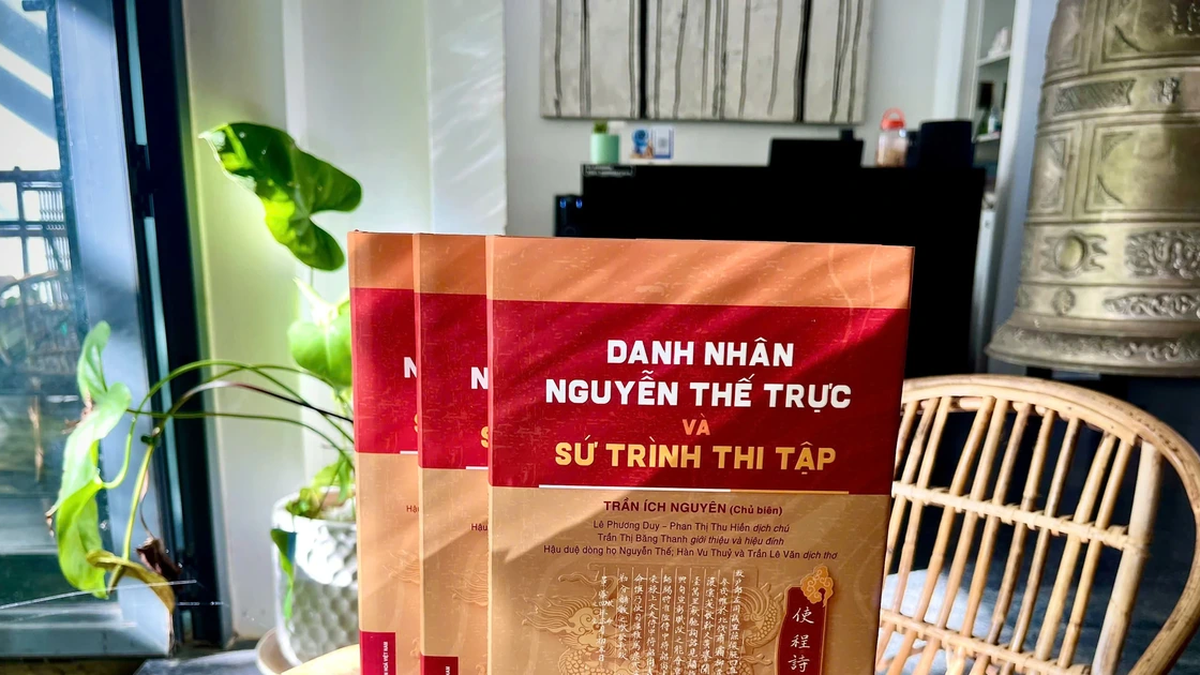
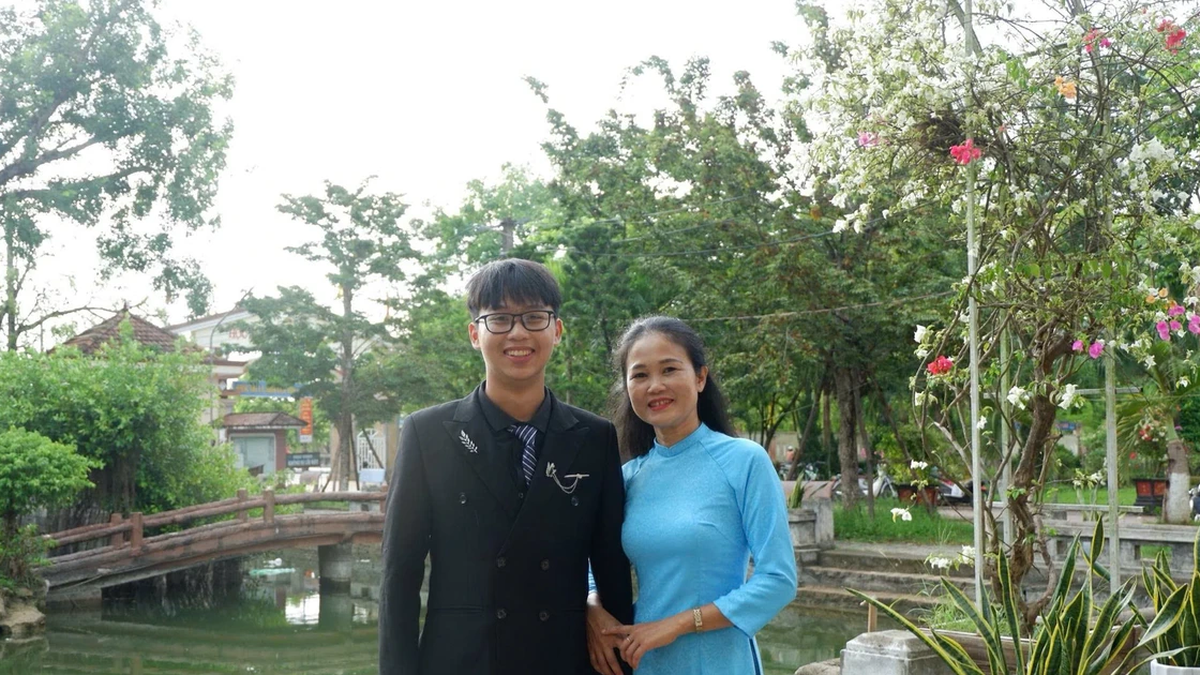
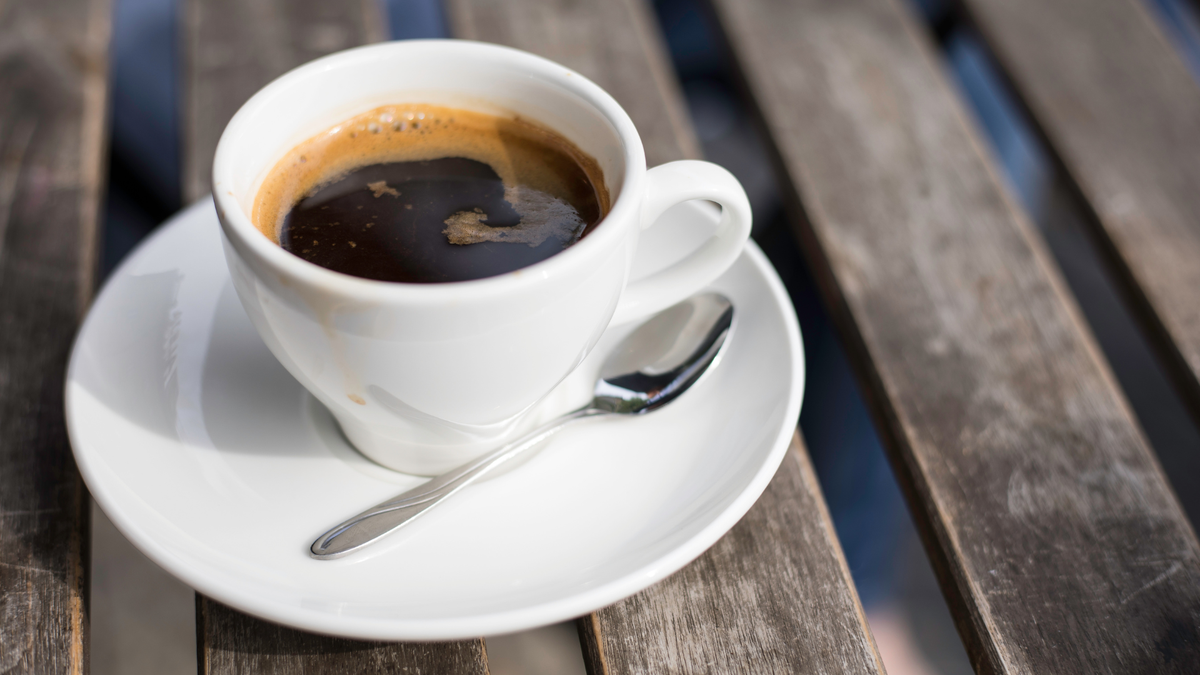
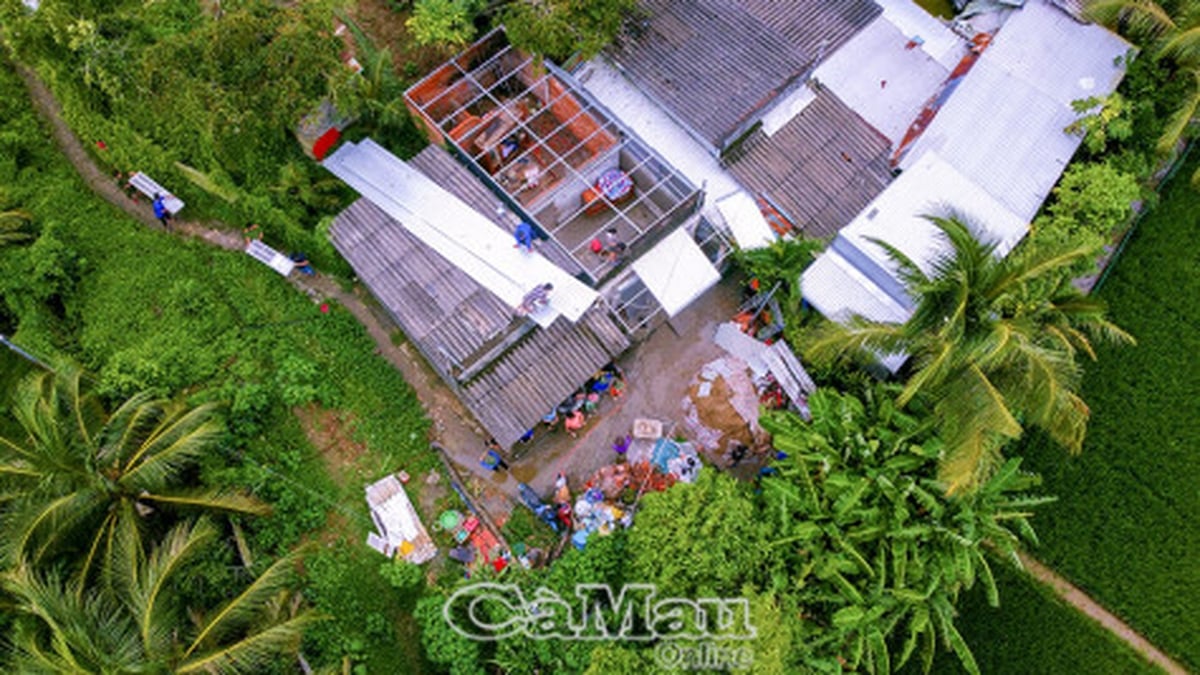






















































































Comment (0)